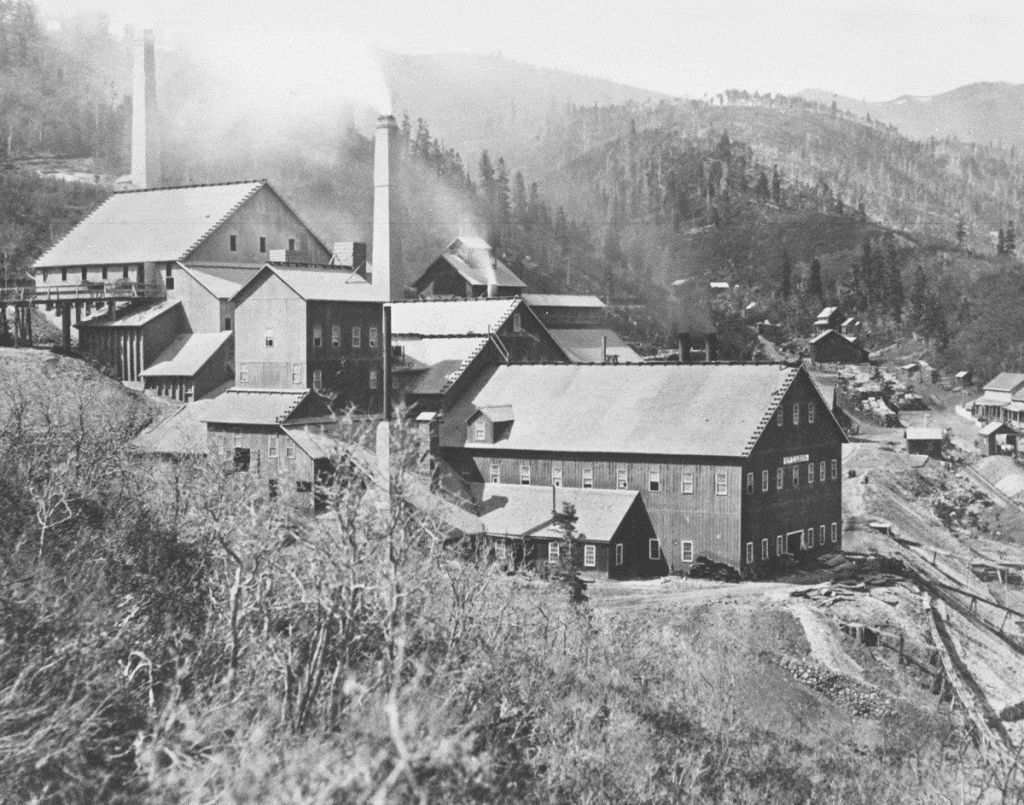Deep in the middle of the night in mid-July of 1882, men were roused from their sleep by the drunken fumbling of William Kennedy as he stumbled, groaning, and fell into bed. Crawling over the slumbering men already under the covers, Kennedy propped himself against a wall and fell silent. Dawn brought a startling realization to all in the outbuilding that was used as sleeping quarters for miners. William Kennedy was dead.

Credit: Park City Historical Society and Museum
Because Kennedy had a reputation for excessive drinking and had been seen drinking since as early as 3 o’clock the previous afternoon, authorities assumed alcohol as the cause of death, deemed an autopsy unnecessary, and shipped the body to Salt Lake City for burial. Salt Lake authorities took matters into their own hands, however, and in doing so uncovered a deeper mystery: all evidence suggested Kennedy had been murdered.
Though no outward injuries were noted aside from a bruised chin, Kennedy’s autopsy revealed at least seven broken ribs and countless injuries to his internal organs. Even dismissing the damage caused by a burst valve in his liver, the ruptured artery doctors found would have killed the man in minutes. Work immediately commenced in finding the perpetrators of the heinous crime.
Over the next several days a mountain of testimony was collected, though it shed little clarifying light on the situation. In a fit of overly-hasty melodramatics, several newspapers published reports that Kennedy’s “assassin” had been arrested and charged. Less than a week later, it was revealed that the so-called assassin was simply a patron of one of the saloons Kennedy had visited that night. The witness had nothing to offer beyond a description of Kennedy’s presence inside the saloon.
The only details that ever arose highlighted a series of fights between a group of men that may or may not have included Kennedy. The main perpetrators, Ingraham, Foley, and Johnson, participated in at least two arguments that came to fisticuffs between midnight and 3 am. After the second, Ingraham was overheard boasting that he’d “kicked him off”; because Ingraham and Foley had been kicking each other before Sheriff Thomas broke up their fight, witnesses understood him to mean Foley. It was not until later that many began to suspect he’d meant Kennedy.
Ingraham maintained that he did not know Kennedy (though some had seem them arguing at a drug store earlier in the day). Pollock, the witness originally accused of being the “assassin,” was dismissed, as was an Italian immigrant named Castrino, whose involvement in the fights was determined to be very minor. Castrino, Foley, Johnson, Ingraham, and Sheriff Thomas all denied that Kennedy was present at the fight.
Despite extensive coverage for over two weeks after the murder, the Kennedy case mysteriously disappeared from the newspapers before any resolution was reported. The decision of the Salt Lake doctors to conduct an autopsy opened a can of worms and many questions remain unanswered. Who killed William Kennedy, and why?